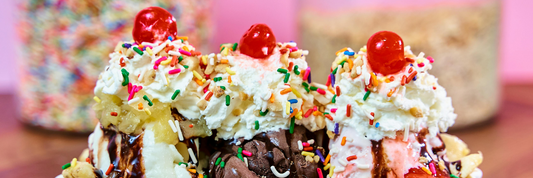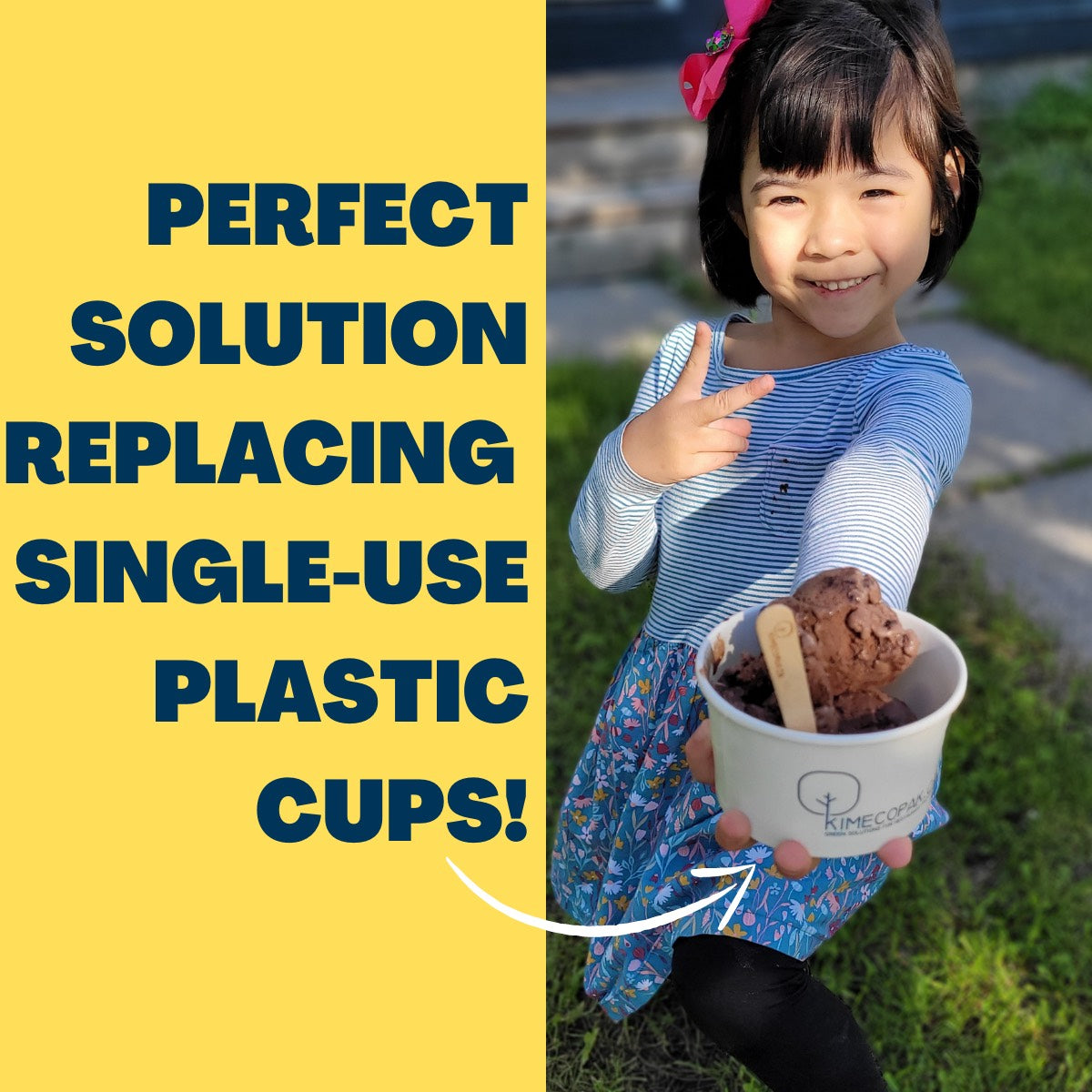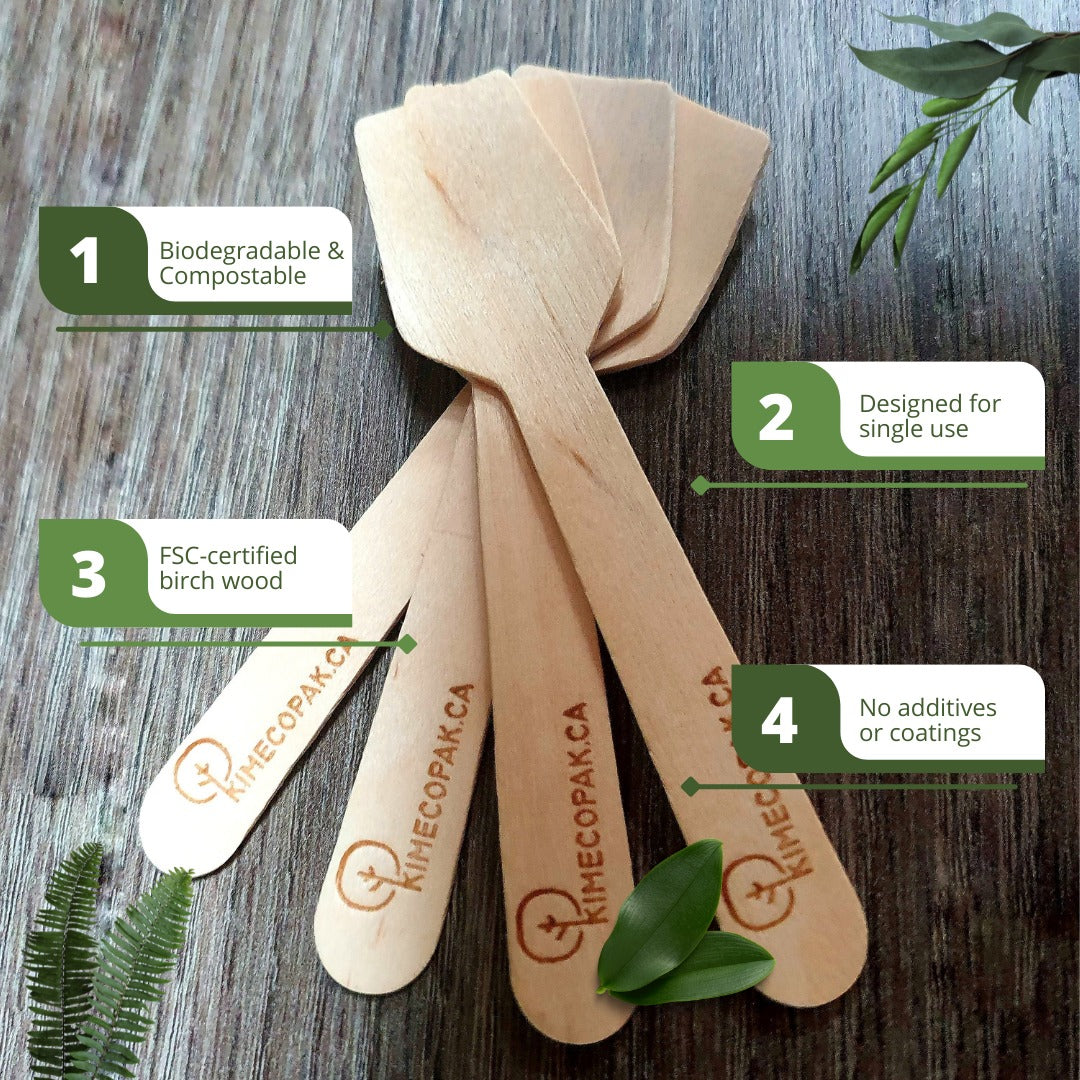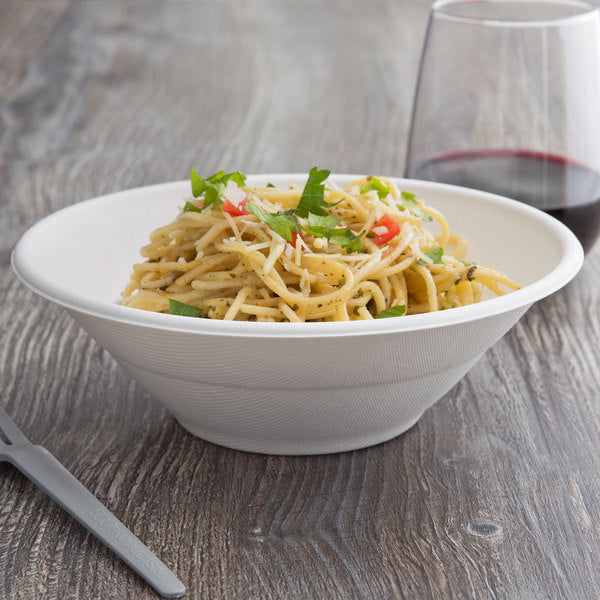Fermentation and pickling are two distinct methods of food preservation. While both alter flavor and texture, they differ in their underlying mechanisms and final products. This exploration will delve into their definitions, types, and common examples, highlighting their key differences between fermented vs pickled.
- Difference Between Aioli vs Mayonnaise: Essential for Every Cooker
- Dark Meat vs White Meat: What Are Differences? Which is Better?
Understand Fermenting
In this section, explore Essentials of fermening before going to understand pickling in the next part.
What is Fermentation?
Fermentation is a metabolic process that occurs in microorganisms like bacteria and yeast. It involves the conversion of a carbohydrate, such as sugar, into an acid, alcohol, or gas. This process is often used to preserve food and enhance its flavor.
Types of Fermentation
There are several types of fermentation, each with its unique end products:
- Lactic Acid Fermentation: This type is carried out by lactic acid bacteria and produces lactic acid as a byproduct. It is responsible for the sour taste of yogurt, sauerkraut, and kimchi.
- Alcoholic Fermentation: Yeast is responsible for this type of fermentation. It converts sugars into alcohol and carbon dioxide, producing beverages like wine, beer, and sake.
- Acetic Acid Fermentation: Acetic acid bacteria convert alcohol into acetic acid, giving vinegar its characteristic tangy flavor.
- Butyric Acid Fermentation: Certain bacteria produce butyric acid, which is responsible for the unpleasant odor of spoiled food.

Type of Fermented Foods
Fermentation is used to preserve and enhance the flavor of a wide variety of foods:
- Dairy products: Yogurt, kefir, cheese
- Vegetables: Sauerkraut, kimchi, pickles
- Cereals: Tempeh, miso
- Legumes: Natto
- Meats: Fermented sausages, salami
We've learned what fermentation is and the different ways it can be done. We've also seen how it can make food taste better and last longer. Now, we're ready to learn about pickling.

Type of Fermented Drinks
Fermentation is also used to produce a variety of alcoholic beverages:
- Wine: Made from fermented grapes
- Beer: Made from fermented grains
- Sake: Made from fermented rice
- Kombucha: A fermented tea drink
- Cider: Made from fermented apples
Understanding Pickling
In this sectiion, let’s delve into pickling with its methods and common picked foods.
What is Picking?
Pickling is a food preservation method that involves immersing food in a brine or vinegar solution. This process helps to inhibit microbial growth, extending the shelf life of the food and imparting a tangy, often salty flavor.
Pickling Methods
There are two primary methods of pickling:
- Brining: This involves submerging food in a salt-based solution. The salt concentration draws water out of the food, creating a hypertonic environment that inhibits microbial growth.
- Vinegar: This method involves immersing food in a vinegar solution, such as apple cider vinegar or white vinegar. The acidic environment of the vinegar helps to preserve the food and impart a tangy flavor.

Common Pickled Foods
Pickling is often used to preserve vegetables, but it can also be applied to fruits, meats, and even eggs. Some common pickled foods include:
- Cucumbers: Pickles are perhaps the most well-known pickled food, often served as a side dish or condiment.
- Onions: Pickled onions can add a tangy, sweet, or spicy flavor to salads, sandwiches, and tacos.
- Olives: Olives are typically pickled to remove their bitterness and impart a unique flavor.
- Carrots: Pickled carrots offer a crunchy, tangy snack or side dish.
- Cabbage: Sauerkraut is a type of pickled cabbage that is popular in German and Eastern European cuisine.
- Beets: Pickled beets have a sweet and earthy flavor and are often used in salads or as a side dish.
- Eggs: Pickled eggs are a popular appetizer or snack in many cultures.
Overall, pickling is a versatile food preservation method, but it differs from fermenting in several ways. Let's explore these differences.
Key Differences Between Fermented vs Pickled
Key Differences Between Fermented and Pickled Foods
While both fermentation and pickling are preservation methods, they differ significantly in their processes and outcomes:
Fermentation
- Mechanism: Involves the action of microorganisms (bacteria or yeast) that convert sugars into acids, alcohols, or gases.
- Flavor: Often develops complex, nuanced flavors due to the metabolic processes of the microorganisms.
- Texture: Can result in a variety of textures, from creamy (yogurt) to chewy (tempeh).
- Nutritional value: May enhance nutritional value by increasing the bioavailability of certain nutrients and producing beneficial compounds like probiotics.
- Shelf life: Generally longer shelf life due to the acidic environment created by fermentation.
Pickling
- Mechanism: Involves immersing food in a brine or vinegar solution to create a hostile environment for microorganisms.
- Flavor: Typically imparts a tangy, acidic flavor, often with a salty component.
- Texture: Often maintains the original texture of the food, although it may become slightly softened.
- Nutritional value: May be lower in certain nutrients due to the leaching process during pickling.
- Shelf life: Longer shelf life due to the acidic environment, but not as long as fermented foods.
In summary, while both fermentation and pickling are used to preserve food, fermentation relies on biological processes to alter the food's composition, while pickling uses chemical means to inhibit microbial growth. The differences between fermentation and pickling can lead to distinct outcomes in terms of flavor, texture, nutritional value, and potential health benefits.
Conclusion
In conclusion, both fermentation and pickling offer valuable methods for preserving food and enhancing its flavor. Understanding the differences between these two processes can help you appreciate the unique qualities of each and make informed choices about the foods you consume.







